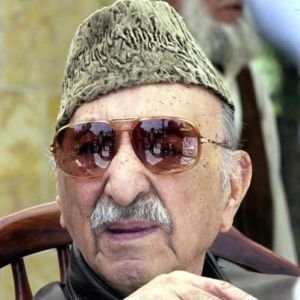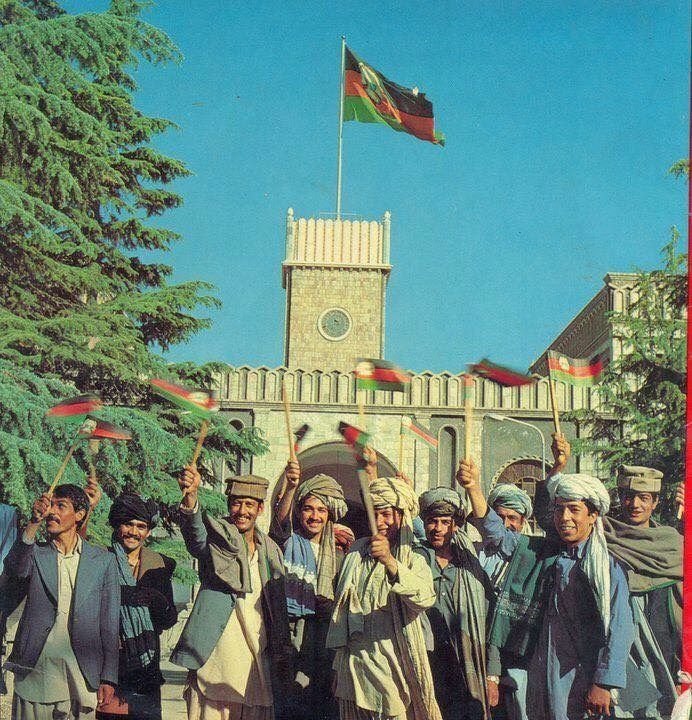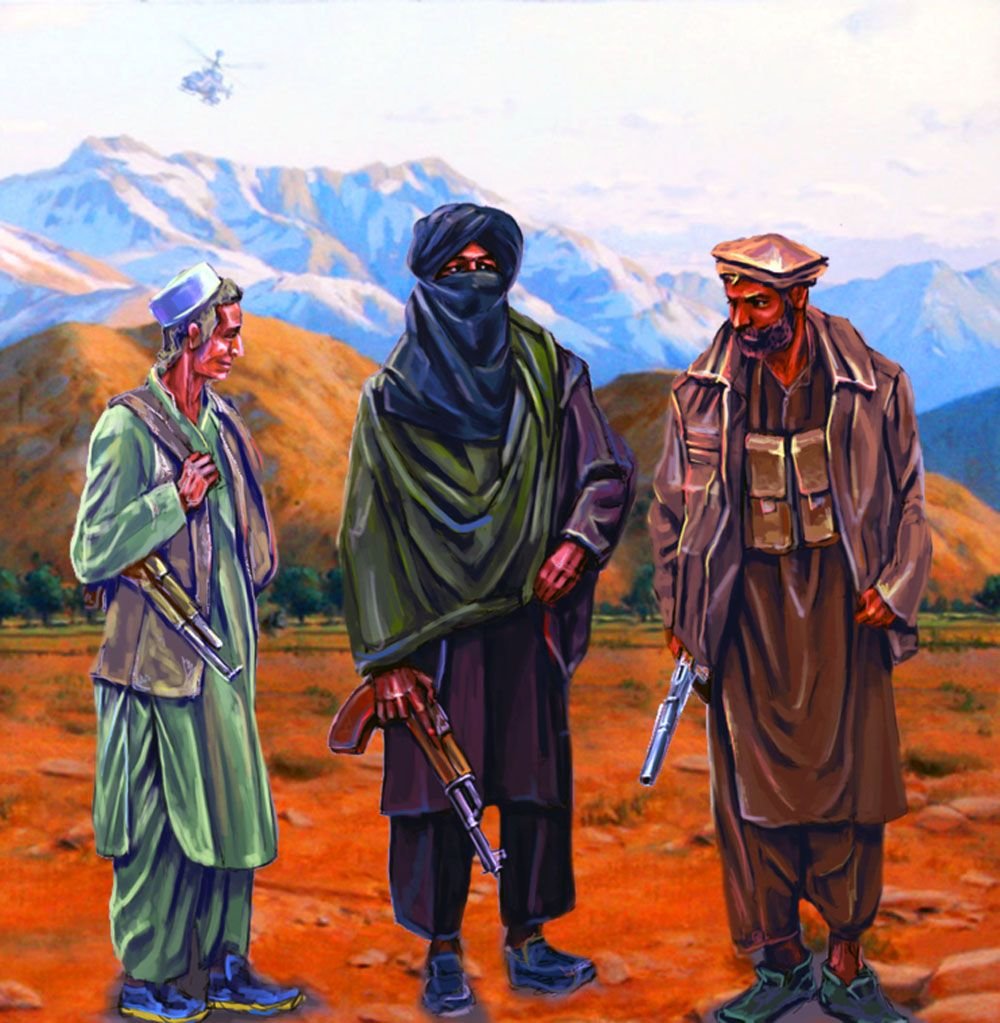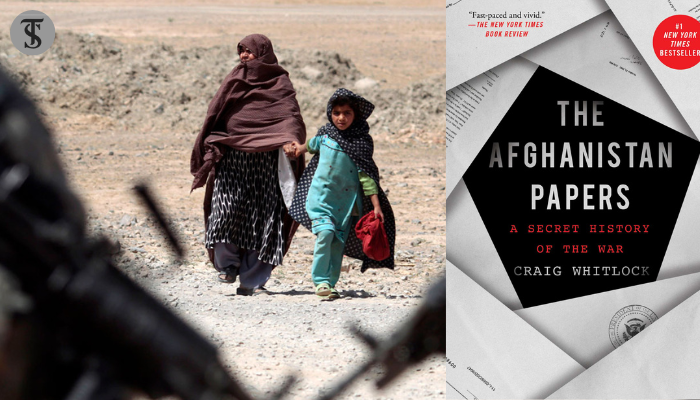Night Letters: Gulbuddin Hekmatyar and the Afghan Islamists Who Changed the World

The prolonged turmoil in Afghanistan compels one to historically examine the seeds sown of the Afghan conflict and its political actors. The biographical book “Night Letters” is a thrilling source to delve deep into the history of Afghan conflict. This book is written by Fazelminallah Qazizai, a native Afghan journalist and writer, and Chris Sands, a British PhD student at King’s College London and a former journalist. Both authors have done a tremendous job of analyzing the rise of Gulbuddin Hekmatyar and the Afghan Islamists. Their stupendous work reflects their grip on literature and the Afghan conflict.
The book “Night Letters” covers the era from the 1960s to 2017, in which the authors underline how the communists and the right-wing groups fought against the monarchy, coming head-to-head and indulging in a bloody civil war. Students and their teachers formulated both wings, which played a significant role in the indoctrination of radical ideas among students. On the one hand, Professor Ghulam Muhammad Niazi used his influence to sell and spread the dreams and doctrines of the Muslim Brotherhood of Hassan Al Banna and Seyd Qutb. The target for this indoctrination was the students at Kabul University. On the other hand, Najib, Babrak Kamal, and Suleman Laiq were busy gathering left-wing students under the banner of Khalq and Parcham factions to spread communism. The continuous small rifts and ideological differences widened the fault lines. The increased rifts between them led to a fight in Zarnigar Park and at Kabul University.

The communist faction and the Muslim Youth streamlined strategies to oust the monarch, Zahir Shah. Zahir Shah was toppled from his throne by Daud’s coup d’etat with the help of army generals in 1973. This very coup d’etat motivated the Islamic movement to overthrow Daud’s regime. However, due to the secret talks between the Islamic movement’s members and Daud’s government, the Islamic movement’s coup had failed. The enraged Muslim Youth leader Gulbuddin Hekmatyar then decided to form his party, Hizb-i-Islami. Since the formation of Hizb-i-Islami, the world has been shocked by waves of radical Islam.
The 1978 “Saur” coup by communists gave momentum to the anti-government movement. The USSR economically and militarily supported the Communist government. Soviet Union’s troops wreaked havoc in Afghanistan, which encouraged local Afghans to join the Hizbs and Jamiat parties to expel the foreign troops. For this very reason, the Hizbis and Islamic militants were supported by the Central Intelligence Agency (CIA) and Pakistan’s Inter-Services Intelligence (ISI).

The intra-party power game between communists and Afghan Mujahideen factions was one of the main reasons for the prolonged Afghan conflict. In 1979, Nur Muhammad Tarakai was assassinated. The vicious cycle of power competition in Afghanistan failed to bring consensus among different Afghan factions. The successor of Nur Muhammad Tarakai, Hafizullah Amin, was assassinated with covert help from the USSR by his fellow communists. Nevertheless, Afghan Mujahideen were also divided into groups: Hizb-i-Islami, led by Hekmatyar; Northern Alliance, led by Ahmed Shah Massoud; and Jamiat, led by Rabbani. As mentioned earlier, the factions had one agenda: to seize control of the government.
Under the regime of President Mohammad Najibullah, Prime Minister Babrak Kamal went to the detention of Hizbis and Hekmatyar. Several Mujahideen were killed and captured in the Najib’s regime. The denting of Babrak Kamal’s government forced him to reconcile with Mujahideen in general and with Hizb in particular. However, the Northern Alliance and Hizb were in contact with the Government separately, breaking the Mujahideen’s unity.
Interestingly, what motivated Hizb’s leader, Hekmatyar, was his global jihad agenda, which had spread across continents. He was not only hosting foreign fighters but was also keenly interested in establishing an Islamic caliphate. However, his dream had never materialized because of so many rivals. What intensified the already hot conflict was the collapse of the Babrak Kamal government. His determination to develop a communist Afghanistan faded away.

A new government of Mujahideen was formed with Pakistan’s help. Sibghatullah Mojadidi had instilled the interim President of Afghanistan. The newly elected Government also included Barhanuddin Rabbani as President and Ustad Abdul Sabir Farid as Prime Minister. Hekmatyar and Ahmad Shah Masoud were given ministerial posts. After a very short period, Gulbuddin Hekmatyar succeeded Abdul Sabir Farid as Prime Minister. Despite efforts to create a unified government, the government’s high ranks had not subdued their aspirations to sideline their rivals. Eventually, they plunged into a civil war, which has brought deleterious consequences for Afghanistan.
During the civil war among Mujahideen, Mullah Omer appeared on the horizon. Within no time, he became a popular political actor. The war-torn and badly affected people of Afghanistan supported Mullah Omer to give them some relief. Mullah Omer initially attacked Hizbis and was also behind the death of Hekmatyar. Hekmatyar was pushed out of Kabul into Iran. The Iranian government safeguarded Hekmatyar. The lethal attacks of Islamist radicals caused the collapse of the Mujahideen government, led by Mullah Omer, the emir of the Islamic Emirate, in no time and occupied the reign of Kabul.
Though Islamist radicals were in a clash with Hizbis, the attacks on America by Al Qaeda’s leader Osama Bin Laden gave Hekmatyar a chance to have better terms with the Taliban. Hekmatyar was among the few who were informed about 9/11 by Osama Bin Laden. Bin Laden needed the help of Hekmatyar to flee from Afghanistan. After the US invasion of Afghanistan, Osama Bin Laden moved from Kabul to Jalalabad, to Tora Bora, and then to Kunar. Hekmatyar also joined him in Tora Bora afterward. Despite being in Iran, Hekmatyar was the sole person evacuating Al-Qaeda members from Afghanistan to neighboring states. Hekmatyar’s presence in front of the public forced Osama and Zawahiri to move to Pakistan with the help of Hizbi-e-Islami.
Those interested in politics and international relations should read this book to understand the complex dynamics of Afghanistan. It presents lucid lessons for political literates, such as how personal animosity, self-interests, and greed for power can wreak havoc in a state. One can also extract meaningful ideas and bare facts about Afghan society from the insightful book.
Understanding Afghanistan: A Quiz on ‘Night Letters’ and Afghan Conflict
The author is the founder of The Spine Times. His areas of interest include terrorism, erstwhile FATA, China, and global politics.







I read it and found it interesting, highly recommended
Well reviewed..
There’s definately a llot to know about this issue.
I like aall tthe points you made. https://waste-ndc.pro/community/profile/tressa79906983/